You have not yet added any article to your bookmarks!

Join 10k+ people to get notified about new posts, news and tips.
Do not worry we don't spam!
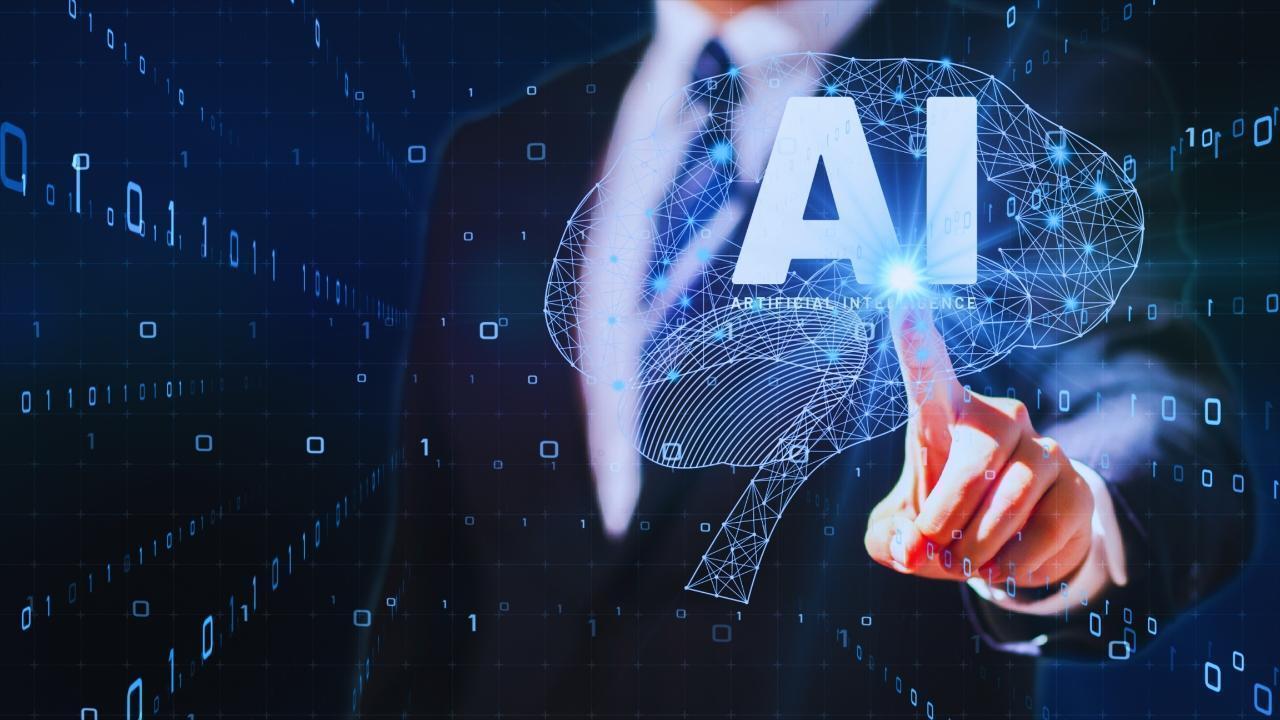
Post by : Anis Farhan
It used to be easy to tell when a video was fake. But not anymore. AI-generated videos have improved at a breakneck pace in recent months, thanks to tools like OpenAI’s Sora, Runway Gen-3, and Pika Labs. These platforms can now generate hyper-realistic scenes—complete with human-like movements, facial expressions, and dynamic lighting—that are almost indistinguishable from real footage. The result is a growing wave of content that looks authentic but is entirely artificial.
The leap in realism comes from major advances in video diffusion models—machine learning systems that generate visuals frame-by-frame using prompts or source images. Early AI videos looked dreamy, glitchy, and distorted. But now, platforms like Sora can produce detailed cinematic shots, smooth transitions, and complex physics simulations, often in 1080p or higher resolution.
Crucially, these tools are now accessible to the public. Anyone with a decent prompt and a few minutes of processing time can create fake interviews, fake protests, or fake natural disasters that feel disturbingly real.
Even as these videos dazzle, many viewers report an eerie sensation while watching them—a kind of “uncanny valley” effect. Experts say that’s because AI-generated humans often lack the micro-details of real life. Their blinks are slightly too rhythmic, their gestures too fluid, their expressions just a bit too polished. This perfection, ironically, is what makes the content feel subtly wrong.
Still, for viewers scrolling fast or watching on mobile screens, these small flaws are easy to miss. And once they go viral, AI clips can be mistaken for genuine news or firsthand footage.
The most alarming side of this trend is its use in deepfakes—AI videos that impersonate real people, often without consent. Political deepfakes have already appeared in elections from the U.S. to India. Earlier this year, an AI-generated robocall mimicked President Joe Biden’s voice, urging voters to skip a primary election—a move condemned as voter manipulation.
Celebrities and influencers are regular targets, too, with their faces and voices cloned into fake endorsements, interviews, or worse. Beyond defamation, these tools have been used for financial fraud, blackmail, and the spread of conspiracy theories—posing a global risk to digital trust.
Researchers say humans are surprisingly bad at detecting AI-generated content. A 2024 study by the University of Zurich and RAND Corporation found that participants were more likely to believe AI-created social media posts—both true and false—than ones written by actual humans. When it comes to video, the illusion is even stronger. The combination of visuals, voice, and narrative tricks the brain into assuming what it’s seeing must be real.
Even after a clip is debunked, the initial impression often sticks. Psychologists call this the “continued influence effect,” and it’s one of the reasons disinformation spreads so easily.
Spotting a deepfake or AI-generated video isn’t easy—but there are still clues. Look for unnatural blinking, mismatched shadows, poorly rendered hands, or jerky lip-syncing. Check if the background glitches, if clothing logos are warped, or if text within the scene doesn’t make sense.
Sound can be another giveaway. AI-generated voices often sound too smooth or lack background noise. Some tools still struggle with consistent accents, intonation, or emotional depth.
But as models improve, even these tells are fading. Which means relying on gut instinct is no longer enough.
Social media platforms are under pressure to address AI content. Some, like Meta, now label AI-generated images and videos using invisible watermarks or metadata. YouTube and TikTok have added disclosure requirements for synthetic content. But enforcement is inconsistent, and bad actors can still post fakes that go undetected for hours—or even days.
Meanwhile, governments around the world are drafting legislation. The EU’s AI Act mandates disclosure of synthetic media, while the U.S. and India have both proposed new regulations targeting AI misuse in elections and public safety contexts.
Still, laws are often reactive. And AI tech is evolving faster than any legal framework can keep up.
Experts recommend a mindset shift. Rather than assuming what you see is true, approach sensational videos with skepticism. Ask: Who posted this? Is it verified? Does it appear on trusted news sites? Use reverse image and video search tools. And remember—if something seems perfectly staged or too outrageous to be real, it might be AI.
In the future, digital literacy will be as essential as reading and writing. Knowing how to identify false content, understand context, and question sources may be our best defense in a world where video evidence can be easily faked.
This article has been prepared by Newsible Asia purely for informational and editorial purposes. The information is based on publicly available sources as of June 2025 and does not constitute financial, medical, or professional advice.
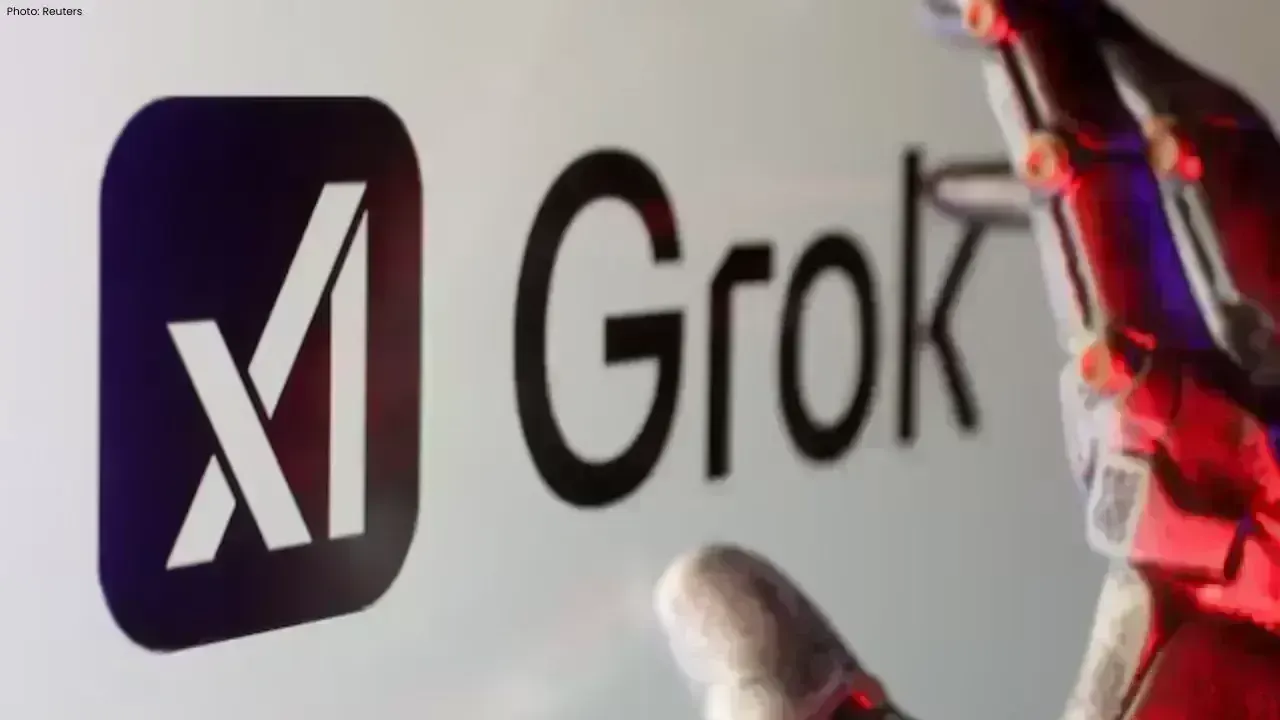
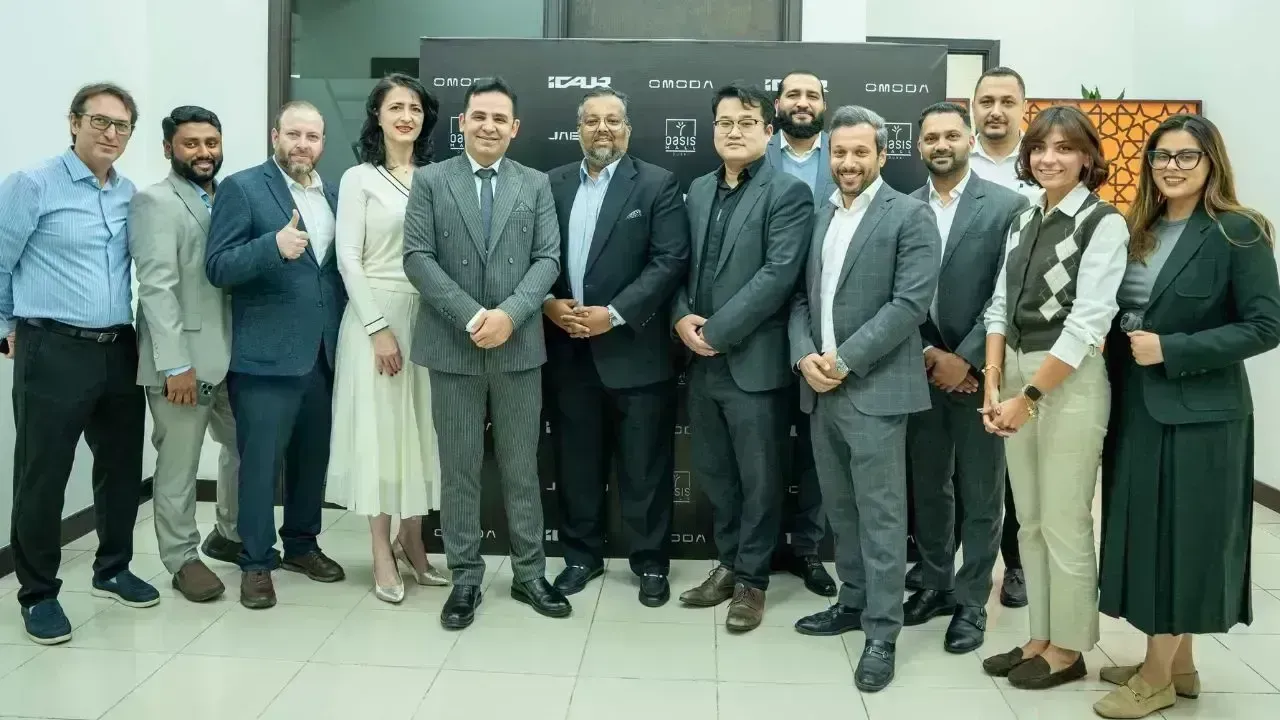

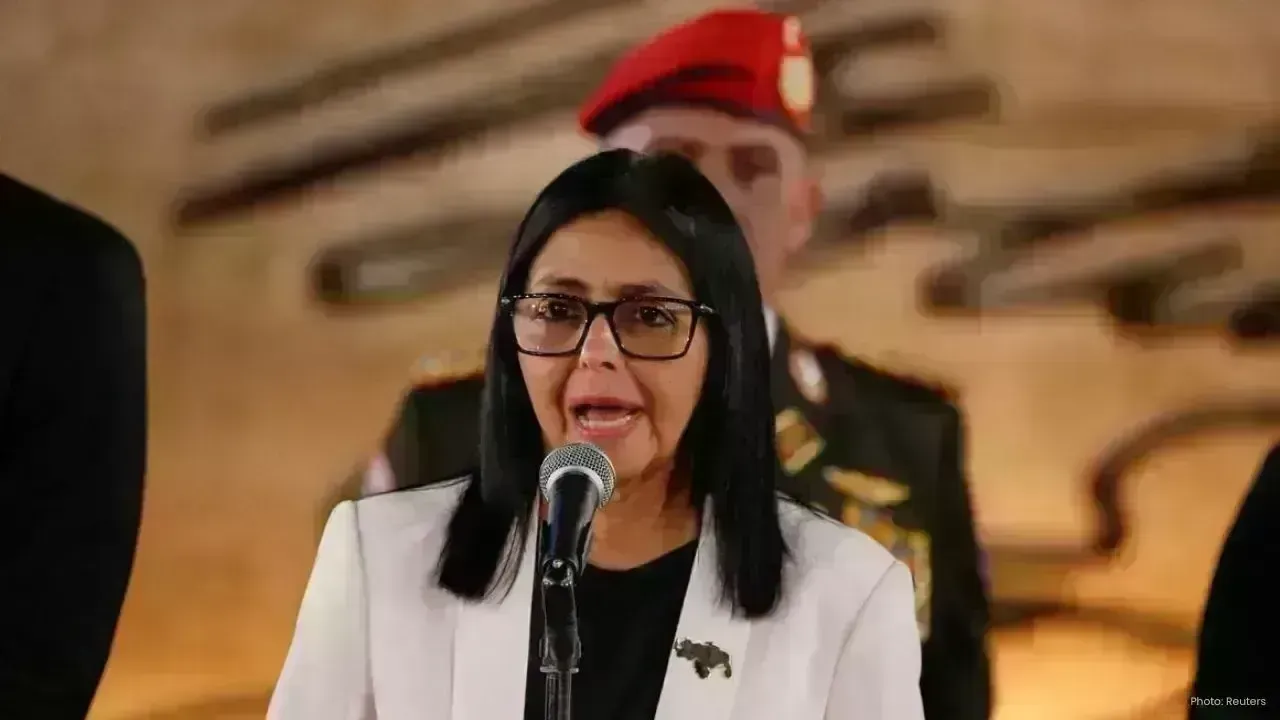



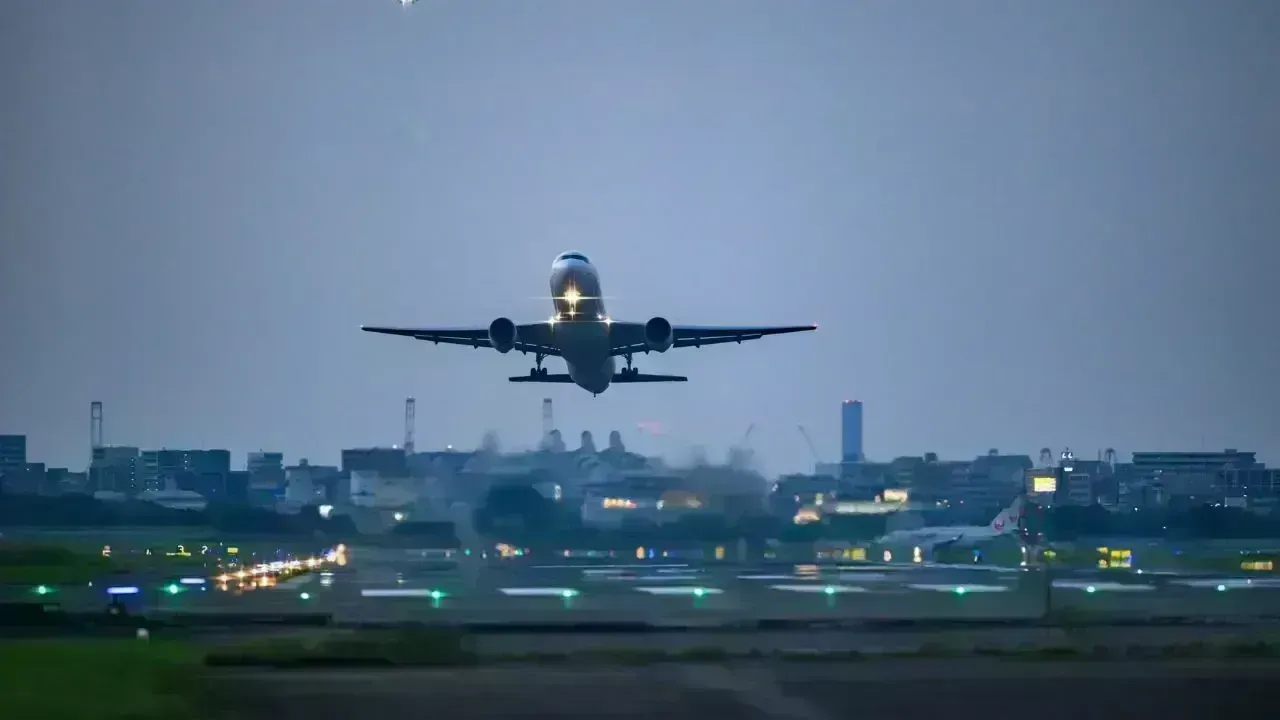
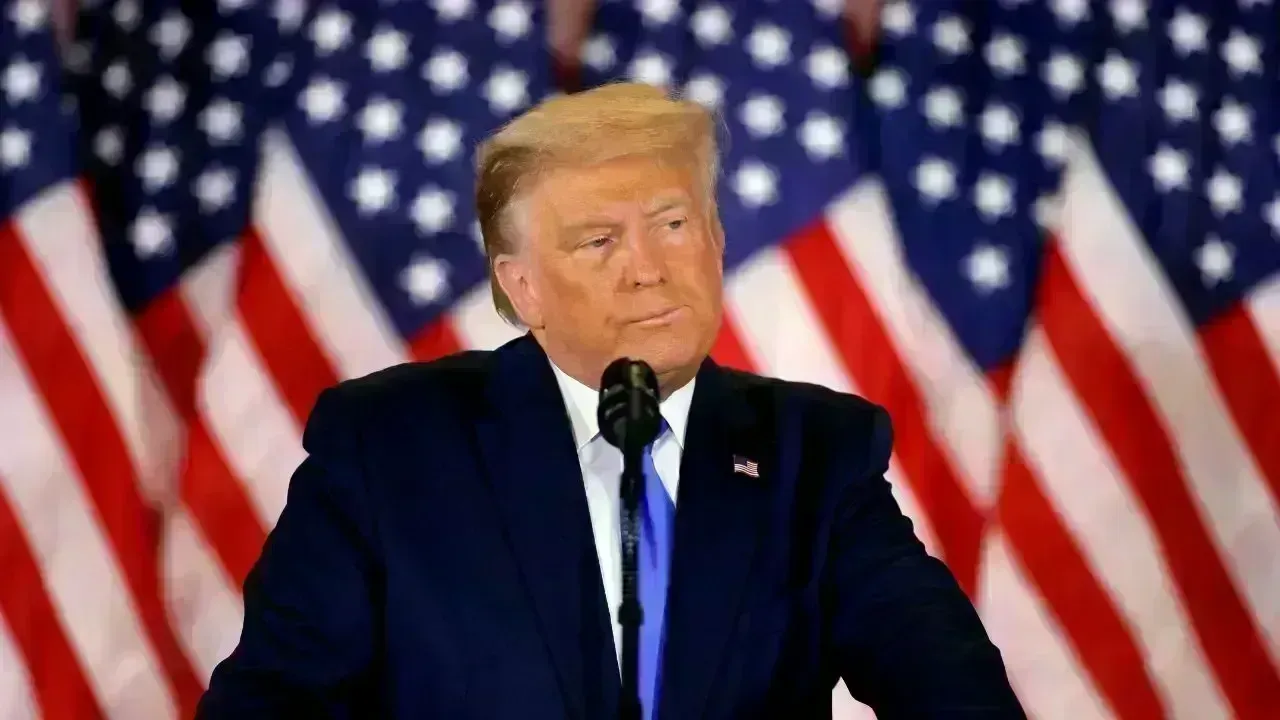

Indonesia Blocks Elon Musk’s Grok AI Over Unsafe AI Content
Indonesia temporarily blocks Elon Musk’s Grok chatbot due to unsafe AI-generated images. The move ai

PV Sindhu’s Malaysia Open Run Ends with Semifinal Loss to Wang Zhiyi
PV Sindhu’s comeback at Malaysia Open ends in semifinals as China’s Wang Zhiyi wins 21-16, 21-15. Si

Belinda Bencic Powers Switzerland to First Ever United Cup Final
Belinda Bencic’s strong singles and mixed doubles wins led Switzerland to their debut United Cup fin

Nepal Limits Cash Transactions Over NPR 500,000 From Jan 15
Nepal restricts cash transactions above NPR 500,000 to curb illegal activities, requiring payments t

North Korea Blames South for Drone Flights, Warns of Serious Consequences
North Korea accuses South Korea of drone incursions near the border, warning of harsh retaliation. S

Agastya Nanda’s War Drama Ikkis Steady at Box Office, Hits Rs 26 Crore
Ikkis, starring Agastya Nanda, earns Rs 26.35 crore in 9 days. Dharmendra’s last film is a touching